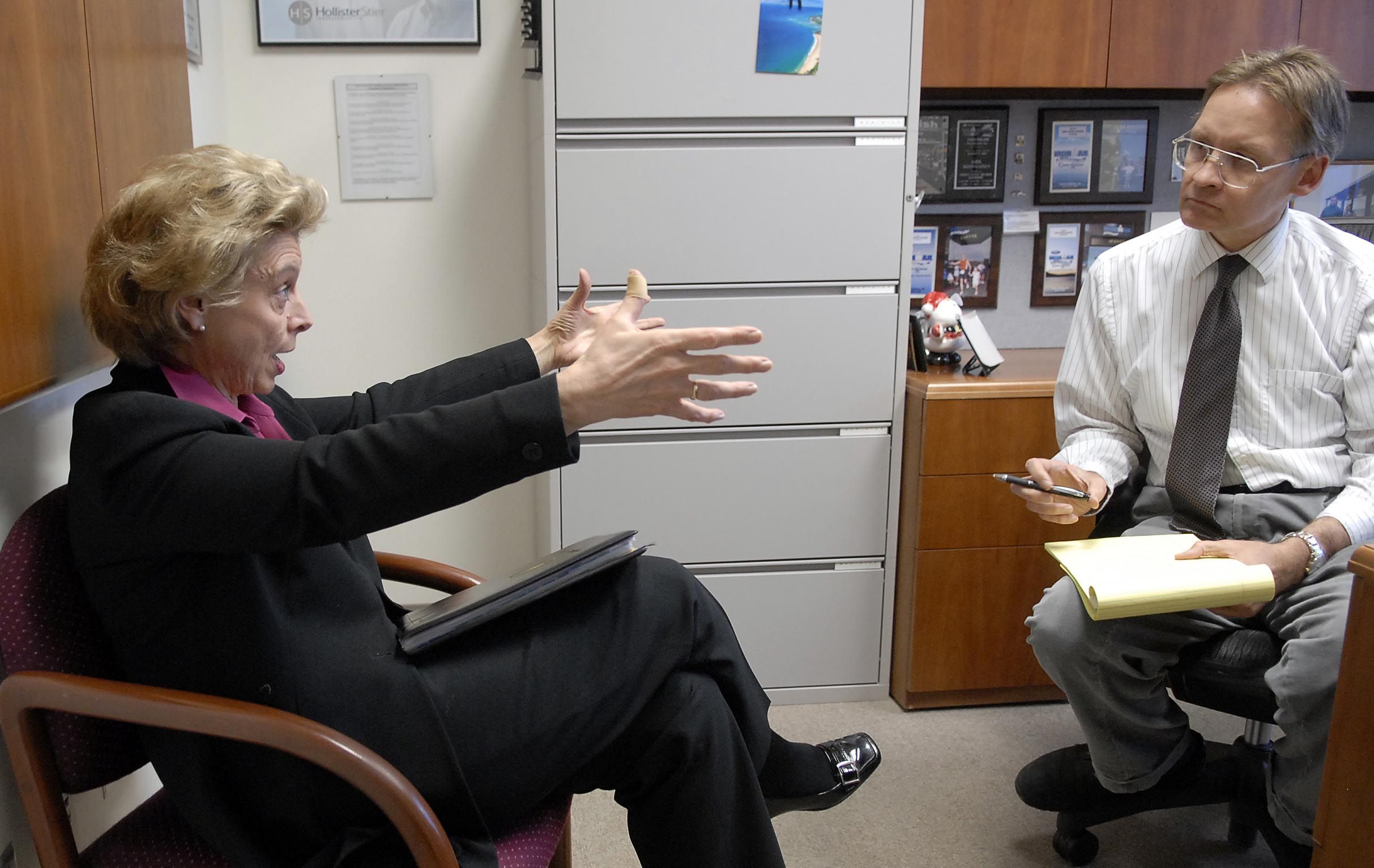UW, WSU med school fight compared to squabbling children
OLYMPIA – The Legislature should not have to be forced to act like a parent to settle a fight between children in the dispute between the state’s two largest universities over medical education in Spokane, a key senator said Wednesday.
Sen. Andy Hill, chairman of the Ways and Means Committee, expressed frustration with last fall’s breakup of the partnership between the University of Washington and Washington State University for existing medical education in Spokane.
WSU President Elson Floyd had told the committee his institution was willing to continue the partnership over the multistate WWAMI program in Spokane while developing its own medical school. UW decided to “seek another partner … the decision rests with them,” he said.
Ian Goodhew, director of government relations for UW Medicine, said the University of Washington “wanted a partner that was committed to the partnership.” But he told the committee the decision to end the partnership was mutual.
“Others may have a different interpretation,” he said. “I don’t agree.”
So the two universities decided to split up first and come to the Legislature second, Hill said.
“Now the Legislature has to become the parent in this dispute.”
The committee, which is charged with writing the budget for the two universities, had tough questions for both schools on their cost estimates to increase the number of slots for medical students in Spokane. Ken Roberts, acting dean of medical education at WSU, estimated each medical student would cost the state about $60,000. WSU hopes to build up to 120 students per year in a four-year program, which would have a price tag of about $25 million over the next decade. There aren’t any large capital costs because so much is already in place at the WSU Spokane campus, he and Floyd said.
But 120 students a year at $60,000 is about $7 million, so over 10 years that’s $70 million, Hill countered. WSU would start at 40 students and build up to 120, Roberts said; it would be up to the Legislature to determine how fast the program grows.
UW officials said they don’t object to WSU starting its own medical school as long as the Legislature follows the Hippocratic Oath toward the current school.
“First, do no harm,” Goodhew and other UW supporters repeated in making the case for the existing school to be given a total of $5.9 million that was funneled through WSU for WWAMI at various times since 1979.
Sen. Andy Billig, D-Spokane, questioned UW’s math on what it believes it is owed from past spending on WWAMI in Spokane and the cost of continuing its program separately from WSU. Goodhew had said the students cost the state about $50,000 each. Next year there will be 80 WWAMI students in Spokane – 40 first-year and 40 second-year students – and that’s less than $5.9 million, Billig said.
The legislation the committee is considering has no price attached to it. It would amend state law to allow WSU to start a medical school. Rich Hadley, the former president of Greater Spokane Incorporated who now leads a local group advocating for a WSU medical school, said Washington is too big of a state to give one university a monopoly on medical education.
Floyd said the best way to meet a growing need for doctors in Washington, particularly outside the metropolitan Seattle area, is with a community-based medical school WSU wants to set up in conjunction with local hospitals.
“We are not seeking to build another university hospital,” he said.
Genesee Adkins, a spokeswoman for UW, said the best way is to grow the WWAMI program in Spokane from 40 students per year now to 120 students per year over a short period of time. “We absolutely agree there’s a need for more capacity in the state.”
UW will get a chance to explain its plans for expanded medical education today during a hearing on a separate bill in the Senate Health Care Committee.
Hill, R-Redmond, said he’s not sure the answer is more doctors, because of advances in telemedicine and training for other health care professionals.
“We want to make sure that assumption is correct. We need data to back that up.”
